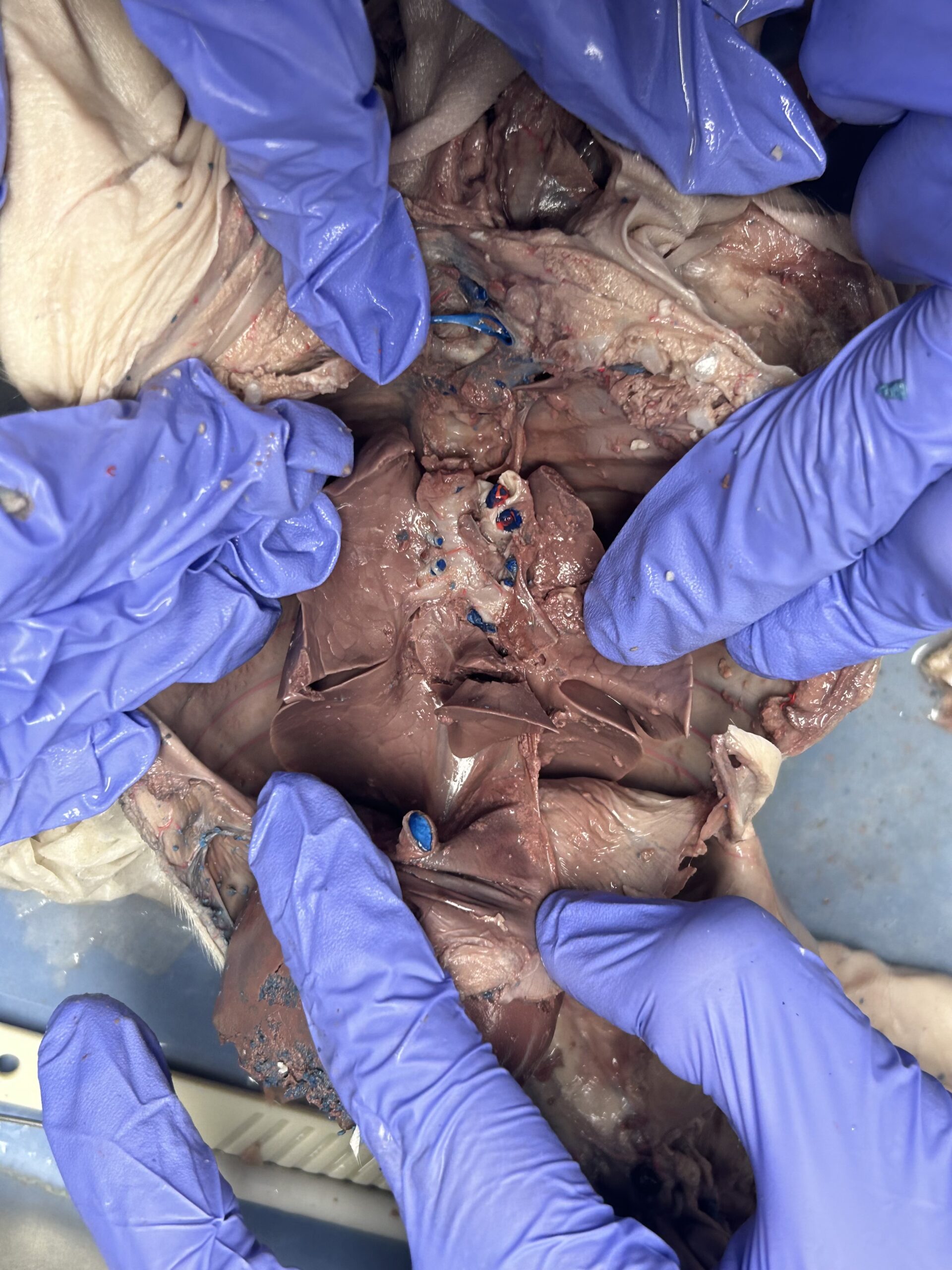It’s that time of the year at Great Valley when the biology & anatomy classes whip out their scalpels and take a deep dive into the systems of animals. This year, Anatomy & Physiology dissected a cat, AP Biology dissected a fetal pig, and Honors & Standard biology dissected frogs. Every year, students question if we should be using real specimens when there are substitutions that could be used to learn instead. Is it ethical?
Let’s break it down—
Is it ethical to use real specimens? Short Answer— perhaps.
It really comes down to how these specimens were sourced. Many people believe that these real specimens are bred to die, but this is not necessarily the case. Some may be sourced this way, but not all, that’s where the nuance comes in. You can’t definitively say if something is ethical or not without looking at the context around it.
Even when we can use artificial ones? Perhaps.
This question becomes more complex as we introduce artificial specimens. There is a healthy discourse on artificial specimens vs real specimens on their ability to teach. Many companies and studies say that the artificial works just as good, but many teachers and educators insist that they lack the variety & reality that comes with a real specimen. By using real specimens, many people believe it teaches students to respect nature and the sacrifice of the dead to science. Additionally, people argue that the artificial specimens don’t provide students the opportunity to learn how to dissect and learn from real tissues as the artificial ones are often reusable and not completely accurate to what a student may experience later.
Our school falls on the “real” side of the debate. But our teachers ensure that the specimens are collected humanely.
Where do these specimens come from? How are they euthanized? Are they treated humanely?
Our school purchases them from Carolina Biological Supply, the premier supplier of dissection related materials and specimens here in the USA. Carolina says that their cats come from “governmentally operated or regulated humane shelters”. They receive them after being euthanized by these shelters. The American Anti-Vivisection Society says that they are “purchased from ‘Class B’ dealers who obtain cats from a variety of legal and illegal sources, such as animal shelters, ‘free to good home’ ads, and pet theft.” Carolina states that they don’t participate in these practices, and there is no solid proof supporting those claims. Our fetal pigs are byproducts of the pork industry, they aren’t bred to be killed. When a sow is processed, the fetuses can’t be, instead the pork industry sells them to suppliers like Carolina as they gain a profit, don’t waste, & help students learn. The sheep’s brain is supplied similarly, they are bought from farmers or mutton processors who already had to be euthanized. Lastly, the frogs are sourced from frog leg farms.
In conclusion, our school uses real specimens for our dissections, and for good reason. Our specimens are ethically sourced, and they are an essential part of our life science program.

